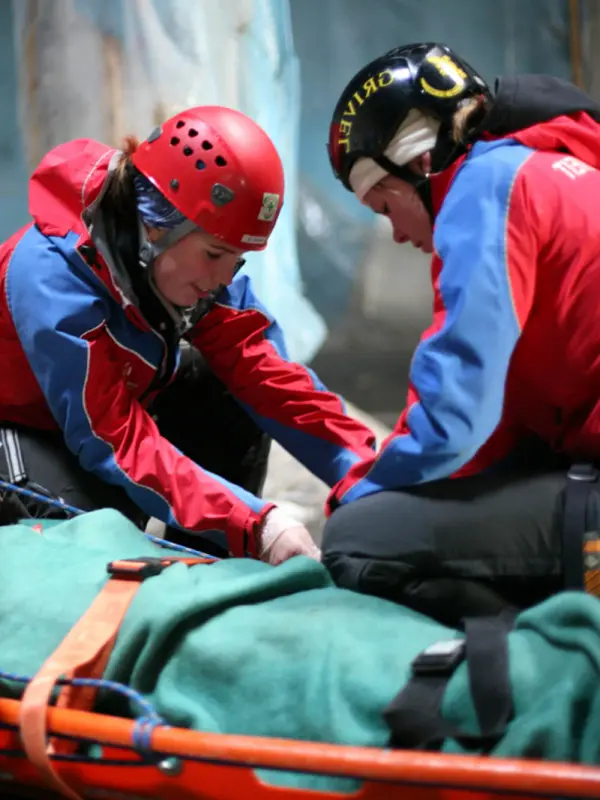Is There An Optimal Way To Get Effective CPR Training To Large Groups Of People?
There is a curious post on ems1.com’s web page today. It relates a story about a record setting effort by a group of 8th graders in Texas.
No it was not a pie eating contest or sporting event. Apparently they were certified by the Guinness folks for holding the world’s largest CPR class – 4626 students.
“As expected with thousands of junior high students, there was plenty of goofing around during the lesson. Giggling was common when they first gave their inflatable mannequins mouth-to-mouth resuscitation, and more than a few decided to head butt or slap their Mini Anne CPR dummies. But most appeared to take the lesson seriously.
Cluck (the mayor who helped organize the CPaRlington program)walked several laps around the field during the lesson, and he said most participants understood the techniques and could resuscitate someone if needed. Each student is now required to take the dummies home and teach four other people.”
Although not specifically mentioned, 30 minutes and inflatable CPR dummies sound a lot like the American Heart Association’s (AHA) CPR Anytime. Regardless of whose curriculum, I am assuming that this was not a certifying course.
The CPR Anytimeis a real departure from where the AHA was even 5 years ago. There was a time when everyone taking one of their courses was hovered over by a hypervigilant instructor making sure that each student’s compressions and ventilations were within an upper and lower limit. Skill testing success or failure was determined by lines on a piece of graph paper spit out from the side of the testing dummy. Everyone knew that you had to modify your technique for the testing mannequin used, in order to pass.
Most instructors led their students to believe that if their technique varied in anyway from the norm, those efforts would hasten a patient’s demise. Everyone assumed that the AHA knew what it was doing and as a result no one else (other than the American Red Cross and a few others) could be trusted to teach CPR. Now these courses are more user friendly and accessible, engineered to train the masses. These self-directed offerings are a convenient way for people to learn a skill that could enhance survivability following a cardiac arrest without having to take a course. No one knows whether or not this new approach will make a difference. Others of us have been allowed to use our own curricula and ideas to teach this once sacred procedure. It seems that AHA mantra has become, do something. Over the years, anecdotal stories suggest that an untrained person doing something is potentially beneficial and not harmful. Science shows us that early intervention does make a difference. I agree
Still, this rock concert-like event makes me cringe. Why not do it right? Is the time spent in school classrooms so valuable that they don’t have time for this or practical First Aid? The AHA hopes people taking self-directed courses will in turn teach someone else. Would these kids do a better job teaching their parents after a course like the one noted above or after a proper course, esepically one that utilized a variety of teaching methodolgies (e.g., fun) and was integrated in with what they are leaning in school?
This is not a criticism of these kids. This is what they know. Kudos to them not for the record but for the initiative and sense of civic concern. But with a little guidance and effort, think about how much more could be done.
